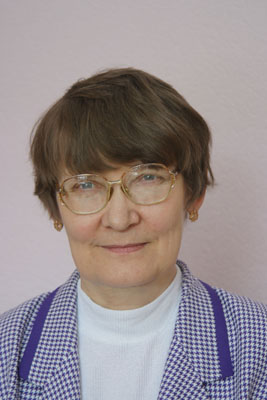Guest Editors
Prof. Tatyana Lyubimova
Email: lyubimovat@mail.ru
Affiliation: Institute of Continuous Media Mechanics UB RAS, 1, Koroleva Str., 614068, Perm, Russia
Homepage:
Research Interests: Hydrodynamic stability, multiphase flows, computational fluid dynamics

Summary
Non-equilibrium processes at the intersection of fluid dynamics and materials processing play a crucial role in various industrial applications and scientific research fields. These processes require a multidisciplinary approach, combining principles from fluid mechanics, thermodynamics and materials science. By advancing knowledge in these areas, researchers and engineers can develop more efficient and sustainable manufacturing processes, as well as, create novel materials with enhanced properties to address challenges in energy production, environmental remediation, and advanced technology development. The interdisciplinary nature of these research promotes collaboration between experts in various fields, driving innovation and technological progress across multiple industries. The considered research area aiming to enhance understanding and control of non-equilibrium processes in fluid dynamics of materials processing.
The main topics of this Special Issue include, but are not limited to:
· hydrodynamic instability and transition to complex regimes;
· dynamics of systems with fluid interfaces;
· dynamic and dissipative structures at interfaces;
· acoustic and wave processes in heterogeneous media;
· dynamics of fluids with complex rheology;
· disperse and porous media;
· multiphase flows;
· control of processes in fluids by rotation and vibrations;
· advanced materials and technologies.
and their applications to material processing. Original research papers and reviews are welcome.
Keywords
Fluid dynamics, Hydrodynamic stability, Multiphase flows, Interfacial Flows, Porous Media, Heat/Mass Transfer, Complex Fluids, Flows in Microchannels, Biological flows, Acoustic and Wave Processes, Environmental flows, Non-equilibrium processes, Materials processing, Advanced materials and technology
Published Papers